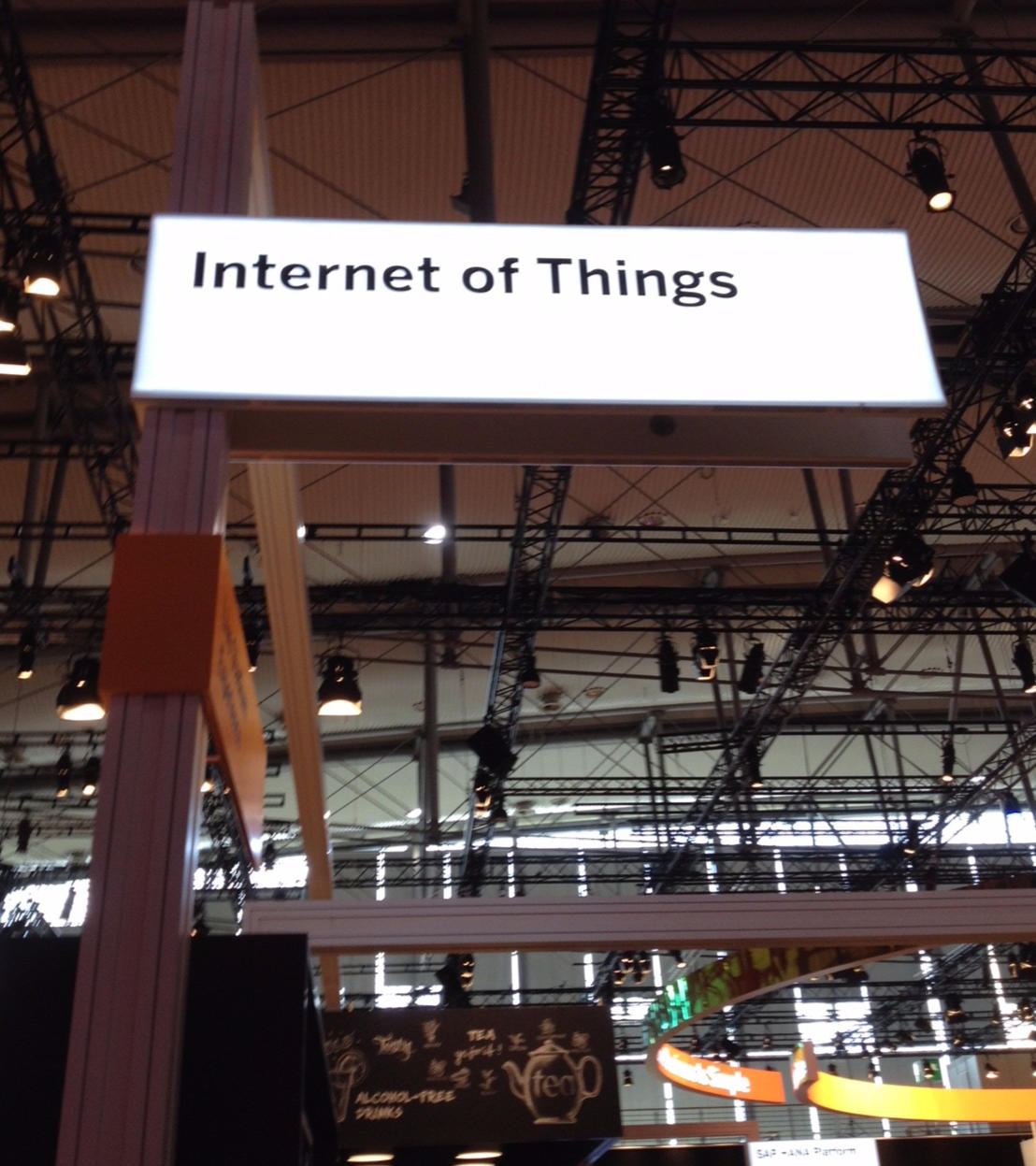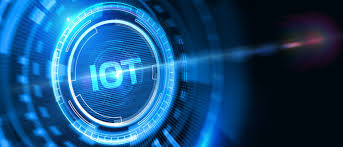Source: mbtmag.com
A recent report by Vodafone Business found that COVID-19 has ignited a surge in Internet of Things (IoT) adoption, with 79 percent of U.S. businesses saying they’ve launched new IoT projects as a result of the ongoing health crisis. However, as IoT continues to digitally transform enterprises and their operations, business leaders must understand how their workers interact with IoT and equip their workforces with the training needed to deploy this disruptive technology effectively.
Unfortunately, despite the unique skill sets and processes that IoT demands, worker training is a consistently overlooked element of IoT. This is especially true for industrial IoT (IIoT) sensors and other devices used across the utilities and manufacturing sectors. Numerous industrial organizations are realizing the value of IIoT, but many of these businesses tend to over-rely on automation and fail to support their workers on the front lines whose jobs are immensely impacted by IIoT adoption, and the vast troves of data it creates.
As IIoT emerges as a go-to vehicle for driving operational visibility, efficiency and bottom-line savings, IIoT frontrunners are increasingly extending IoT data to the edges of the enterprise, where workers in the field interact with the physical equipment and the world around them. This means more and more industrial workers are using mobile apps, wearable technology and augmented reality solutions to carry out day-to-day tasks.
For oil and gas companies, for example, IIoT increases the real-time data monitoring of rigs and optimizes productivity, but this data still needs to be communicated to workers on rig sites to allow them to update processes accordingly. Similarly, across manufacturing, sensors on production lines can create efficiencies, yet there are often still field workers doing the heavy lifting, and the data created on these lines will prove critical to how they do their jobs. Therefore, if these essential workers are not properly trained on new IoT-related tasks, the skills gap across the industrial sector will widen dramatically and these organizations will likely face costly repercussions.
While most organizations have training programs in place that cover basic processes of each role, traditional training methods simply do not apply when providing digital training. More often than not, the training and ongoing support required to build a well-equipped, engaged industrial workforce is not in place.
It’s important to train workers in the environment in which they will be working. For IoT tools used on the job, these digital trainings should be hands-on, self-guided simulations that occur within the IoT applications themselves. However, to carry out a strategic, full-scale IIoT transformation, organizations cannot view training as a “one and done” event.
Rather, it’s important to implement a digital training solution that delivers ongoing employee education and real-time support that proactively reinforces learning. In addition, as IIoT rapidly evolves, these ongoing trainings will allow industrial organizations and their workforces to adapt accordingly and accommodate new trends, cultural expectations, best practices and security and compliance procedures.
IIoT is now a vital component of digital transformation in industry, especially as these organizations continue to grapple with the unique circumstances surrounding the COVID-19 pandemic. IoT technology holds great promise, but at the end of the day it’s the humans who are ultimately interacting with IoT systems and leveraging the actionable insights that they provide who business leaders cannot afford to lose sight of in their technology deployments.
Before overhauling traditional infrastructure in favor of IIoT technologies, organizations must ask themselves how they will upskill their workforce and empower them to retain these newly learned skills. Those that best prepare their employees with the initial and ongoing education needed to take on this new industrial revolution will be best prepared to surpass competitors and break into new markets.


